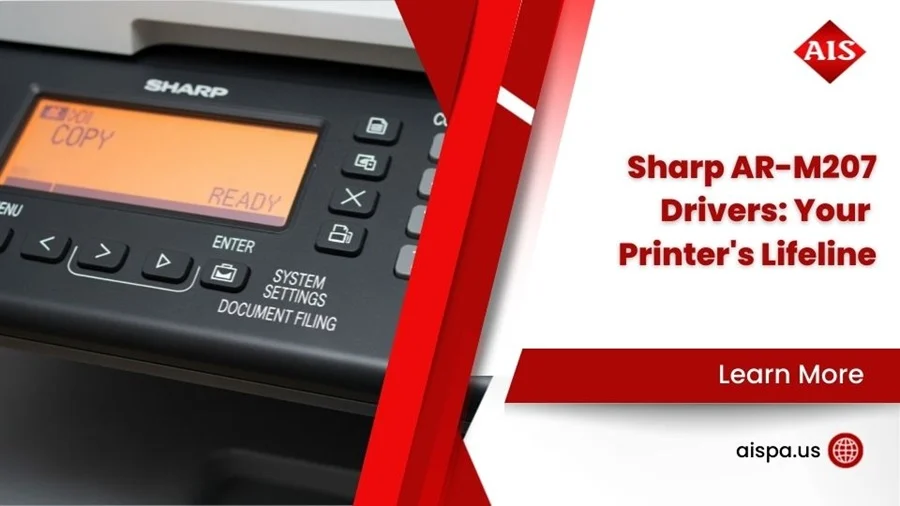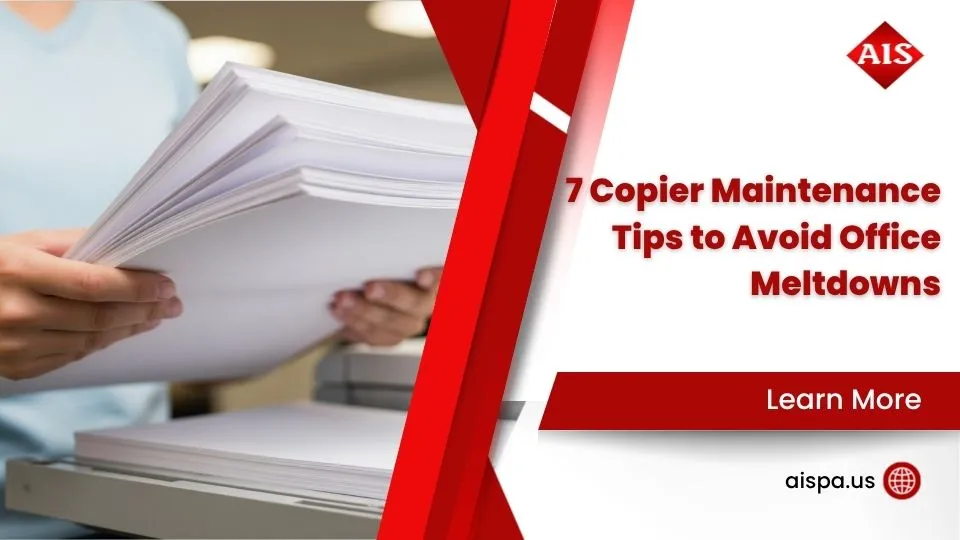Printer Ink Secrets: How Many Pages Does an Ink Cartridge Print?
How Many Pages Does an Ink Cartridge Print?
Understanding the page yield of an ink cartridge is crucial for anyone who uses a printer, whether it’s for home, school, or office work. Essentially, it’s about knowing how many pages one can print before needing to replace the cartridge.
This knowledge not only helps in budgeting for supplies but also in reducing the environmental impact by minimizing waste. However, the number of pages an ink cartridge can print—its page yield—is influenced by various factors, from the way we print to the environment where the printer operates.
Understanding Page Yields
Page yield refers to the estimated number of pages a single ink cartridge can produce before running out of ink. This figure provides a basis for comparison among different printer cartridges, including toner cartridges used in laser printers. But how is this page yield determined?
The process involves standardized testing procedures set by the International Organization for Standardization (ISO) and the International Electrotechnical Commission (IEC). These standards ensure consistency and reliability in the measurements across all printer models and brands.
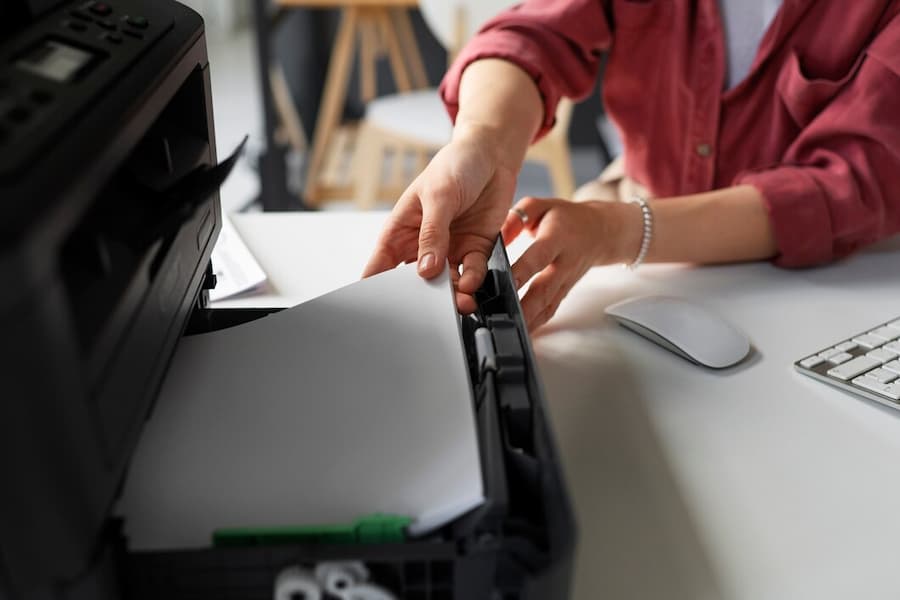
Factors Affecting Ink Cartridge Page Yield
Several factors can significantly impact the amount of ink used and, therefore, the number of pages you can print with a single cartridge.
Printing Habits and Their Impact on Ink Usage
Firstly, your printing habits play a crucial role. Frequent printing of high-resolution images will consume more ink than printing text documents. Similarly, the printer model and the settings chosen for each print job can affect ink consumption.
For instance, selecting a ‘draft’ quality setting uses less ink per page compared to ‘best quality’ settings, extending the life of your ink cartridge.
The Influence of Printer Settings on Page Yield
The choice between draft and best quality settings illustrates how printer configurations can affect page yield. Draft mode, ideal for everyday printing needs, significantly reduces ink usage. In contrast, high-quality settings, while producing superior printouts, consume more ink, reducing the total number of pages you can print.
Environmental Factors: Temperature and Humidity
Lastly, environmental conditions such as temperature and humidity play a significant role. Ink cartridges, especially those used in inkjet printers, can dry out or clog if stored in too hot, cold, or humid conditions, affecting the printer ink’s efficiency and longevity. Keeping your printer and ink in a stable environment ensures optimal performance and maximizes page yield.
Types of Ink Cartridges and Their Yields
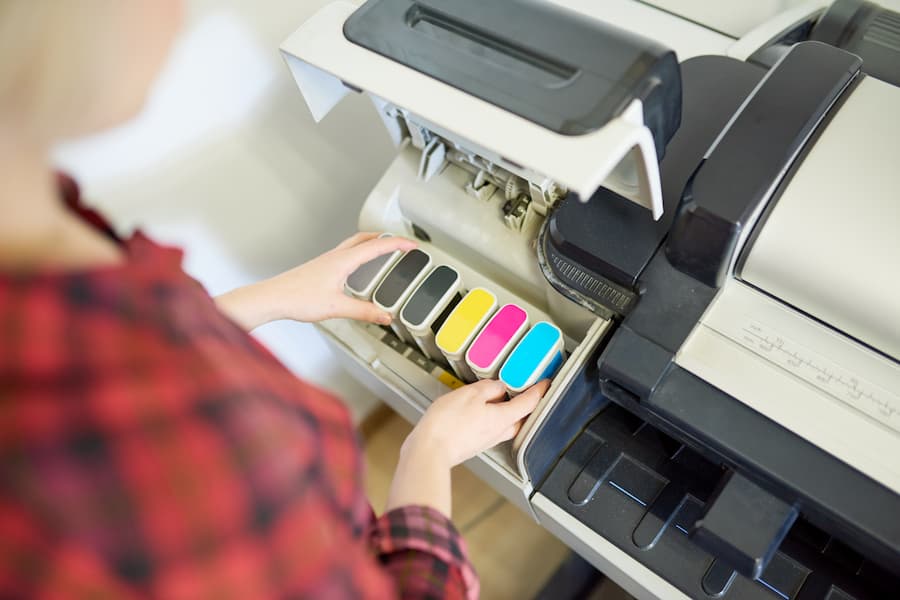
When choosing ink cartridges, you’ll find three main types: Standard, High-Yield, and XL. Each type has its own page yield, affecting how many pages you can expect to print.
Standard cartridges are the most common and come included with new printers. They’re ideal for low-volume printing needs. However, they hold less ink, which means they run out quicker. For those who print occasionally, these cartridges are a practical choice.
High-Yield cartridges, on the other hand, contain more ink. They are designed to print a greater number of pages, making them cost-effective for frequent printing. A high-yield ink cartridge can significantly reduce the cost per page.
XL cartridges take it a step further, offering the maximum number of pages a cartridge can print. They’re perfect for heavy-duty printing without frequent replacements.
For instance, the Canon 250 XL black ink cartridge prints 825 pages, whereas the standard version might only print around 300 pages. Similarly, a Brother 227 high-yield toner cartridge can produce about 2,300 pages, showcasing how these options serve different printing volumes.
Maximizing Your Ink Cartridge’s Page Yield
To extend the life of your ink cartridge, consider several actionable tips. First and foremost, always print in draft mode unless high quality is absolutely necessary. This setting uses less ink and is suitable for daily print jobs.
Regular printer maintenance also plays a crucial role. Keeping the printer clean and performing routine checks ensures efficient ink usage and prevents clogs that can consume extra ink.
Moreover, avoid printing unnecessary pages. Be selective about what you print to conserve ink. Also, using the printer regularly prevents ink from drying out, which can happen if a printer sits idle for too long.
Lastly, consider the type of documents you’re printing. Text documents consume far less ink compared to images or documents with heavy ink coverage. Adjusting the print quality and opting for black and white printing over color when possible can also conserve ink.
Incorporating these practices not only maximizes your ink cartridge’s page yield but also contributes to lower printing costs over time. Similarly, being mindful of the age of your printer and choosing the right type of ink or toner cartridge based on your printing habits can further optimize ink usage and improve print output.
By understanding the different types of cartridges and how to maximize their yield, you can ensure your printing is as efficient and cost-effective as possible. Whether it’s choosing an XL cartridge for a high volume of work or employing strategies to extend the life of your ink cartridge, these insights can make a significant difference in how you manage your printing needs.
Calculating the Cost-Effectiveness of Ink Cartridges
To figure out the cost per page, divide the price of the ink cartridge by the number of pages it can print. This simple math helps you make smart choices. For example, if a cartridge costs $20 and prints 500 pages, the cost per page is 4 cents.
Comparing this across different ink cartridges guides you to the most economical option. High-yield or XL cartridges often offer a lower cost per page, despite their higher upfront cost. Therefore, for those who print a lot, these cartridges could be a wise investment.
Advanced Tips for Managing Printer Ink
Managing printer ink efficiently and troubleshooting common issues can significantly enhance your printing experience. Here are advanced tips for addressing ink cartridge problems and utilizing software tools to conserve ink.
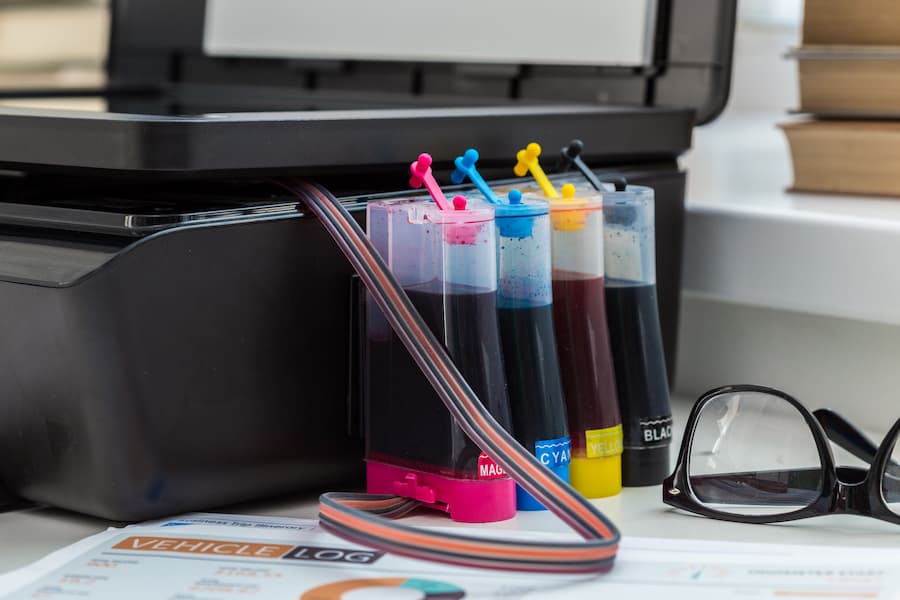
Troubleshooting Common Ink Cartridge Issues
Clogged Nozzles: Inkjet printers often face the issue of clogged nozzles, leading to poor print quality or missing colors in prints. To resolve this, use your printer’s built-in cleaning function. This can usually be accessed through the printer’s settings menu. If the first attempt doesn’t clear the clog, running the cleaning cycle 2-3 times may be necessary. For persistent clogs, manually cleaning the nozzle with a soft, lint-free cloth slightly dampened with water can help.
Ink Smears: Smearing occurs when ink does not dry quickly enough and gets smeared across the paper. Ensure you’re using the correct paper type for your prints and adjust your printer settings accordingly. High-quality or glossy papers often require specific settings to allow enough time for the ink to dry. Also, regularly cleaning the print heads and rollers can prevent ink accumulation that contributes to smearing.
Compatibility Issues: Using the wrong ink cartridge for your printer model can lead to compatibility issues. Always verify the cartridge model and make sure it matches your printer. For printers that use cartridges with electronic chips, ensure the chip is clean and properly aligned. If you’re using third-party or refilled cartridges, check for updates from the printer manufacturer that might block the use of non-original cartridges and seek cartridges that are guaranteed to be compatible.
Maximizing Ink Efficiency with Software Tools
Grayscale Printing: If color is not required for your document, printing in grayscale can save color ink. This setting is available in the print preferences before you start your print job.
Print Preview: Always use print preview to check for any unnecessary pages, such as blank pages at the end of documents, that don’t need to be printed. This avoids wasting ink on irrelevant content.
Custom Print Settings: Many printers offer custom settings that can be adjusted for each print job. Opting for ‘draft’ or ‘economy’ mode for internal documents or notes can significantly reduce ink usage. These settings lower the ink density used for each print, extending the life of your cartridges.
Software Solutions: Certain software solutions can optimize your printer’s ink usage by automatically adjusting print quality based on the document type. Additionally, some programs allow for more detailed customization of print settings beyond what’s available through the printer’s default software, offering even greater ink savings.
By employing these troubleshooting tips and maximizing the efficiency of your printer ink through software tools, you can ensure that your printer operates smoothly while also conserving ink. These practices not only improve the longevity of your ink cartridges but also contribute to more sustainable printing habits.
People May Also Ask
How long do printer ink cartridges last?
The lifespan varies. Usually, printer ink cartridges can last about two years unopened. Once in use, they might run out of ink from a few months to a year, depending on how often you print.
Is a high-yield cartridge bigger in size?
No, a high-yield cartridge is not physically larger. It fits in your printer just like a standard cartridge. The difference is inside, where it holds more ink.
How many pages will my cartridge print?
The number of pages a cartridge will print depends on the cartridge type and your printing habits. Standard cartridges usually print fewer pages than high-yield or XL cartridges. For instance, a typical black ink cartridge might print around 200 to 600 pages, while a high-yield version could print upwards of 1,000 pages or more.
Conclusion
In wrapping up, understanding ink cartridge yields, calculating the cost-effectiveness, and knowing how to extend cartridge life are key to efficient printer management. By choosing the right cartridge for your needs and maintaining your printer, you can save money and reduce waste.
Always consider the type of ink and cartridge, alongside your printing frequency and quality needs, to make informed decisions. Remember, the most expensive option is not always the best in the long run, and knowing how many pages your ink will print helps you plan for replacements.
For more information and services you can contact us for a free quote and estimation.
- Address: 165 Veterans Way, Warminster, PA 18974
- Email: sales@aispa.us
- Call Us: (215) 999-8445




